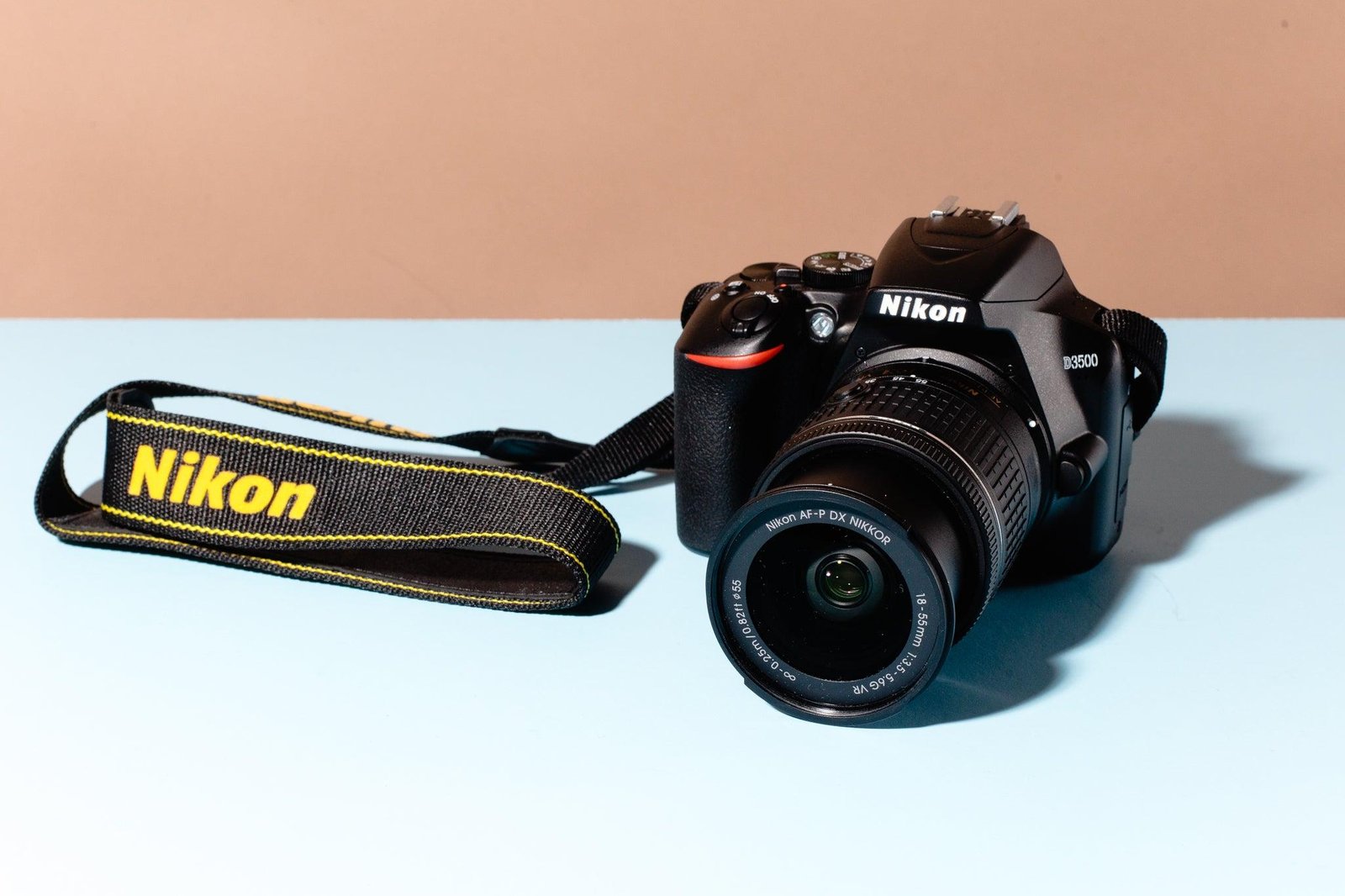The Best DSLRs in 2023 | Classic Cameras
Even today, the greatest DSLR don’t lag too far behind their mirrorless competitors. Modern mirrorless features included in many DSLRs include 4K video, on-sensor phase detect autofocus, and useful live view options.
While mirrorless cameras do offer very evident benefits in some areas, it’s by no means one-sided, and we have an article on DSLRs vs. mirrorless cameras that details all the technical and practical distinctions.
Making the switch from a camera phone or a point-and-shoot compact camera to a DSLR is an economical option. You may choose from years’ worth of lenses with a DSLR, which is another major benefit over a mirrorless camera. Visit our buying guide for the best camera lenses for more information on this.
So, we’ve compiled what we believe to be the top DSLR cameras available right now here. Beginning with entry-level cameras that are inexpensive and simple to use, we progress to fully-fledged professional models that nevertheless have what it takes to satisfy many professional photographers.
But we do believe that there are a few DSLR features that need to be highlighted in particular. The Nikon D3500 is still the greatest entry-level DSLR for beginners, and it probably always will be. In contrast, the Nikon D850 is a robust professional camera that is fun to use and has the resolution, shooting speed, and even video capabilities to be current. For aficionados, the potent Canon EOS 90D offers the handling and optical viewfinder of a DSLR along with the performance of Best Mirrorless Camera Under $1000 in its class.
Best DSLRs in 2023
Our expert reviewers spends hours testing it, comparing products and services so you can choose the best for you.
1. Nikon D850
APS-C DSLRs format, like those top of our list, provide a good balance of features, quality, cost, but experts will require a full-frame DSLR for an improvement of an image quality. The Nikon D850 has features that put it in a league of its own, but we found that it is a pricey camera (albeit prices are dropping). It boasts a stunning 45.7MP resolution, a 153-point focusing system, and can take pictures at 7 frames per second or 9 frames per second when with the optional MB-D18 battery handle. It is one of the greatest 4K camera options available thanks to its incredible video features, though videographers would be better served by the more recent Nikon D780.
Although the live view autofocus speeds of the Nikon D850 are only moderate because it lacks the hybrid on-sensor autofocus technology of the new Nikon D780, we don’t find this to be much of a disadvantage for measured professional photographic shoots, and it hardly detracts from the D850’s all-around appeal as arguably the best DSLR of all time for professional photographers. When it was first released in 2017, it had a stunning appearance, and today it still does—only now it’s less expensive!
2. Nikon D780
The eagerly anticipated upgrade to the beloved Nikon D750 surely didn’t let us down. The Nikon D780 offers the same on-sensor phase detection focusing as the Nikon Z6 for mirrorless live view performance, which is a huge benefit for both still and video photography. As Canon has been doing with its Dual Pixel CMOS AF on its DSLRs for years, Nikon was admittedly a little slow to the game. The D780 also has a high-resolution tilting touchscreen display, 4K UHD video, two UHS-II memory card slots, and continuous shooting rates up to 12 fps in live view mode, so it offers more than simply superior live view AF.
3. Canon EOS-1D X Mark III
With the Canon EOS1-D X Mark III, the usually circumspect corporation has unveiled a camera brimming with cutting-edge technology, including head tracking, deep learning AF, an optical Smart Controller, HEIF and HDR PQ compatibility, CFexpress, 12-bit internal 4K RAW, and so much more. Canon has blended the benefits of mirrorless and DSLR to create a hybrid body that can shoot as the scenario requires.
It is a real hybrid system that adapts to the needs of different professions and different shooting conditions. It combines the greatest features of both worlds: the extreme speed of an optical DSLR with the cutting-edge accuracy of mirrorless. Additionally, it was a real turning point for Canon in terms of video, finally delivering the uncropped 4K video that had eluded the brand for so long.
4. Pentax K-1 Mark II
We observed that Pentax, which tends to operate in its own tiny bubble, seemed untouched by external circumstances, and that the Pentax K-1 Mark II was, as usual, solid but uninspiring. Contrary to competing Canon and Nikon DSLRs, which lack in-body stabilisation, it has a robust, weather-sealed structure and a highly efficient sensor-shift image stabilisation technology that functions with any attached lens. Even better, the 5-axis stabiliser can operate in special modes to correct anti-aliasing, enhance texture and fine detail using repeated exposures, and even use an Astrotracer mode to prevent stars from seeming to streak across the sky.
The K-1 Mark II offers a lot of megapixels for the money with a 36MP full-frame image sensor, but the 33-point autofocus system feels stale to us, and Live View autofocus is unquestionably subpar. One of the few companies still promoting DSLRs is Pentax, which recently unveiled the Pentax Kf, an APS-C camera with 24.2 MP and three colour options. Who knows, the Kf could be the final DSLR ever produced.
5. Canon EOS Rebel SL3 / EOS 250D
A few Canon cameras that are less expensive than the Canon EOS Rebel SL3 (also known as the 250D in Europe) do not have as many features or as good of a build. A vari-angle touchscreen, a 24.3-megapixel sensor with Canon’s Dual Pixel CMOS AF Technology, which makes the autofocus in live mode extremely quick – just like a mirrorless camera’s – and guided screen options to help you learn are features that don’t cost that much more. If you want to try your hand at filmmaking, this may be a better option for you than the Nikon D3500 because it also supports 4K video. After using Canon’s most affordable DSLRs, we believe the EOS Rebel SL3/250D is absolutely worth the extra cost.
How do we test cameras?
Both in controlled lab settings and in actual shooting situations, DSLR cameras are put through their paces. Find out how we evaluate and test products at Digital Camera World.
Our laboratory tests assess the signal-to-noise ratio, dynamic range, and resolution. The camera’s ISO range is used to measure resolution using ISO resolution charts, dynamic range using DxO Analyzer test equipment, and noise using DxO Analyzer. Our remarks in buying guides are based on both real-world testing and lab results.




